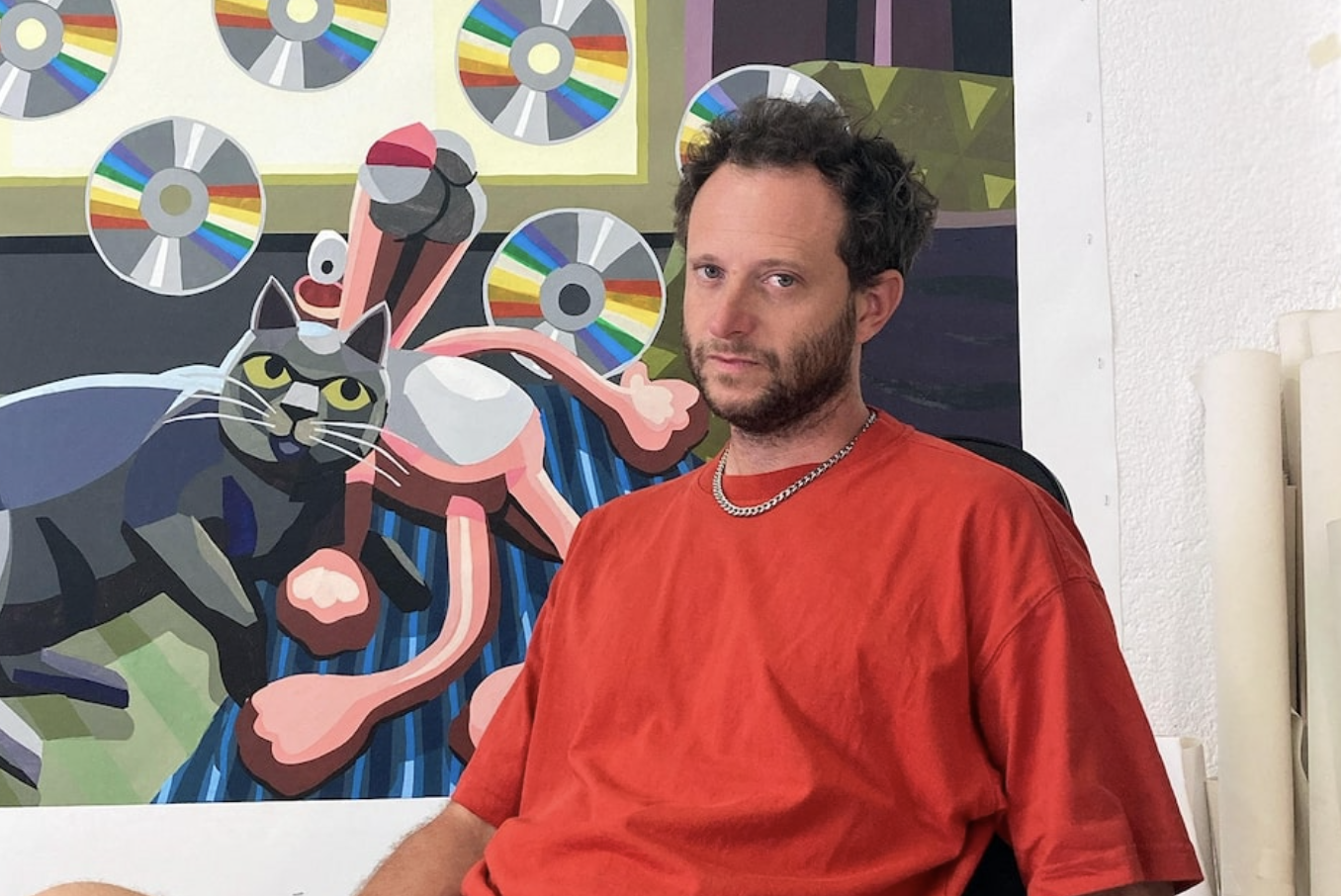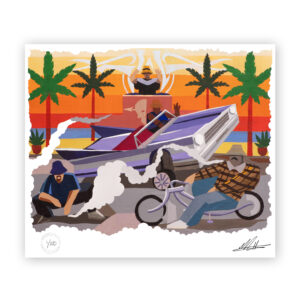Franco Fasoli
Showing the single result
Showing the single result
🇬🇧 Franco Fasoli(also known as Jaz – Buenos Aires, 1981) is one of the best-known and most talented artists on the Argentine scene. Set designer and muralist, Fasoli began to imagine the streets as a canvas in the late 90s. Already in these early experiences we note the influence of study and passion for ceramics and, at the same time, of the strong link with the technique of “fileteado”, typical of the Argentine capital. Shortly thereafter his style evolved, moving away from the more traditional writing, introducing in his work the representation of the true contradictions of Latin American societies, their rituals and their seemingly perpetual instability. One of the most surprising aspects of his work is his exploration of materials and dimensions. The tension between the dominant global culture and the subcultures as spaces of resistance, influenced him both on a conceptual level and in his actions throughout his career. Multiple forms of individual and collective identity constitute the sociological backbone of his work. The conflict, the clash, the destructuring of the portrayed scene are some of the elements used by Fasoli to stimulate the vision and the perception of the public. The concept of identity is in fact one of the founding principles of his work, both in murals and in paintings on canvas or in sculptures. His research explores how individual and collective identities are formed and the constantly changing relationship between them.
🇮🇹 Franco Fasoli (conosciuto anche come Jaz – Buenos Aires, 1981) è uno degli artisti più noti e talentuosi della scena argentina. Scenografo e muralista, Fasoli ha iniziato a immaginare le strade come una tela alla fine degli anni ’90. Già in queste prime esperienze si nota l’influenza dello studio e della passione per la ceramica e, allo stesso tempo, del forte legame con la tecnica del fileteado, tipica della capitale argentina. Poco dopo, il suo stile si è evoluto, allontanandosi dalla scrittura più tradizionale, per introdurre nella sua opera la rappresentazione delle vere contraddizioni delle società latinoamericane, dei loro riti e della loro apparente instabilità perpetua.
Uno degli aspetti più sorprendenti del suo lavoro è la sperimentazione con materiali e dimensioni.
La tensione tra la cultura globale dominante e le subculture come spazi di resistenza lo ha influenzato sia a livello concettuale che nelle sue azioni lungo tutta la carriera.
Le molteplici forme di identità individuale e collettiva costituiscono l’ossatura sociologica del suo lavoro. Il conflitto, lo scontro, la destrutturazione della scena rappresentata sono alcuni degli elementi utilizzati da Fasoli per stimolare la visione e la percezione del pubblico.
Il concetto di identità è infatti uno dei principi fondanti del suo lavoro, sia nei murales, sia nei dipinti su tela o nelle sculture. La sua ricerca esplora come si formano le identità individuali e collettive, e il rapporto in costante mutamento tra esse.

